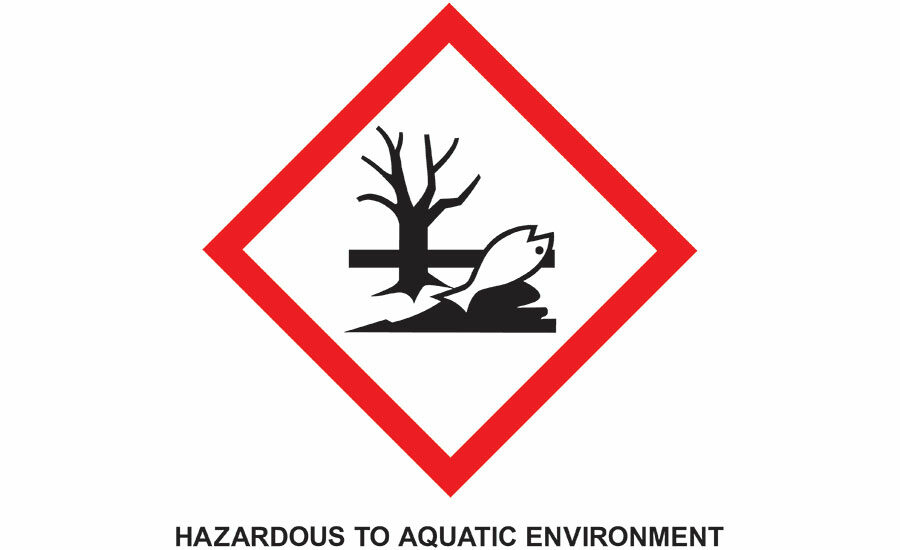In today’s eco-conscious society, businesses and consumers alike strongly care about products that are manufactured using sustainable practices. Brands, suppliers, retailers, printers and consumers all want to claim that they are green and doing their part to take care of the planet.
Consumers, for example, prefer brands that are pursuing sustainability objectives. Research by Asia Pulp & Paper found that 56 percent of U.S. consumers want more sustainable packaging and 42 percent say they would pay more for it.
There are many consumer groups leading the charge for environmental changes. Non-government organizations, such as Ceres and World Resources Institute, are strong advocates for certain environmental positions, and help consumers and businesses alike recognize the need to change certain behaviors to become more sustainable.
Industry programs such as the Sustainable Green Printers Partnership certify printing facilities’ sustainability best practices, offering a third-party validation for the eco-efficiency and regulatory compliance efforts of converters.
Global retailers like Walmart, Target and Home Depot have taken steps to save energy, reduce waste and encourage brands to use packaging materials that reduce weight. They make it a priority to partner with suppliers that utilize eco-efficiency practices.
Much of the design and standards for packaging today are driven by retailers. Walmart, for example, wants packaging that is safe, affordable, recyclable, optimized and promotes sustainable chemistry. Target expects packaging to meet the guidelines of the Environmental Protection Agency (EPA), utilizing recycled or renewable content and no chemical of “high concern.”
Understanding the Definition of “Sustainable Inks”
The packaging industry uses three key regulatory terms: biodegradable, bio-renewable and eco-friendly. Biodegradable is defined by the EPA as the ability to be broken down by microorganisms. Paper, wool, cotton and foods generally fit this definition, while plastics and polyester do not.
Bio-renewable materials (or bio-compatible) used in packaging inks can include tall oil fatty acids from pine, cellulose from wood and modified biodegradable products to make bio-renewable materials. Eco-efficiency refers to sustainable materials management for packaging. Many programs, like the U.S. Department of Agriculture’s BioPreferred Program, offers incentives for businesses to increase the usage of renewable agricultural resources in their products.
In order to meet retailer expectations, consumer demands and all of these regulatory requirements, packaging inks are expected to be eco-friendly, bio-renewable and biodegradable.
According to the National Association of Printing Ink Manufacturers (NAPIM), a bio-renewable ink is derived from tree, plant, insect and/or animal materials. These can include gums, resins, waxes, solvents, oils and other polymer building blocks.
Independent verification that an ink contains a certain percentage of bio-renewable content can be achieved through NAPIM’s bio-renewable content program, which assigns inks an index number. An index number of 60, for example, means that the ink contains 60 percent bio-renewable content.
Eco-friendly inks that use a high percentage of bio-renewable materials and that are printed on a substrate designed to be biodegradable can be considered compostable in addition to being non-toxic to the aquatic environment.
Inks that meet these requirements should be free or only have trace levels of heavy metals and reduce volatile organic compounds that are released in the atmosphere.
Meeting the Standards
In order to comply with all the various industry sustainability demands, package printers should engage with ink manufacturers that strive to work with suppliers that can provide raw materials, which will ensure a greener ink.
For its part, Sun Chemical has responded to the industry challenges by recently rolling out a line of inks that meet eco-friendly, bio-renewable and biodegradable standards that the industry, retailers and consumers are looking for.
SunSpectro SolvaGreen flexographic and gravure solvent-based inks, for example, feature naturally derived resins and additives, and are meant for surface printing on biodegradable films. The new inks conform to the North American standard, ASTM-D: 6954-04, contain low levels of heavy metals, use a selective pigment range, utilize existing color concentrates to provide a comprehensive color palette, and provide excellent adhesion and non-blocking properties on biodegradable films.
Another new product recently launched includes SunVisto AquaGreen water-based inks. Formulated with high levels of bio-renewable sourced resins, the inks also deliver the required critical performance attributes needed across a range of paper packaging applications.
These inks are formulated with significantly higher levels of bio-renewable resin content compared to other previous market offerings from Sun Chemical. The inks can be blended with standard water-based pigment dispersions and do not compromise end use or on-press performance. They also offer outstanding print fidelity and ink resolubility on press, quick setting for in-line converting and high levels of resistance properties to rub, abrasion, water and grease.
Conclusion
While the marketplace is uncertain about the definition of a sustainable ink, ink suppliers can play a role in helping printers, brands and, ultimately, consumers meet the eco-efficiency standards and expectations that have been set in the industry.




